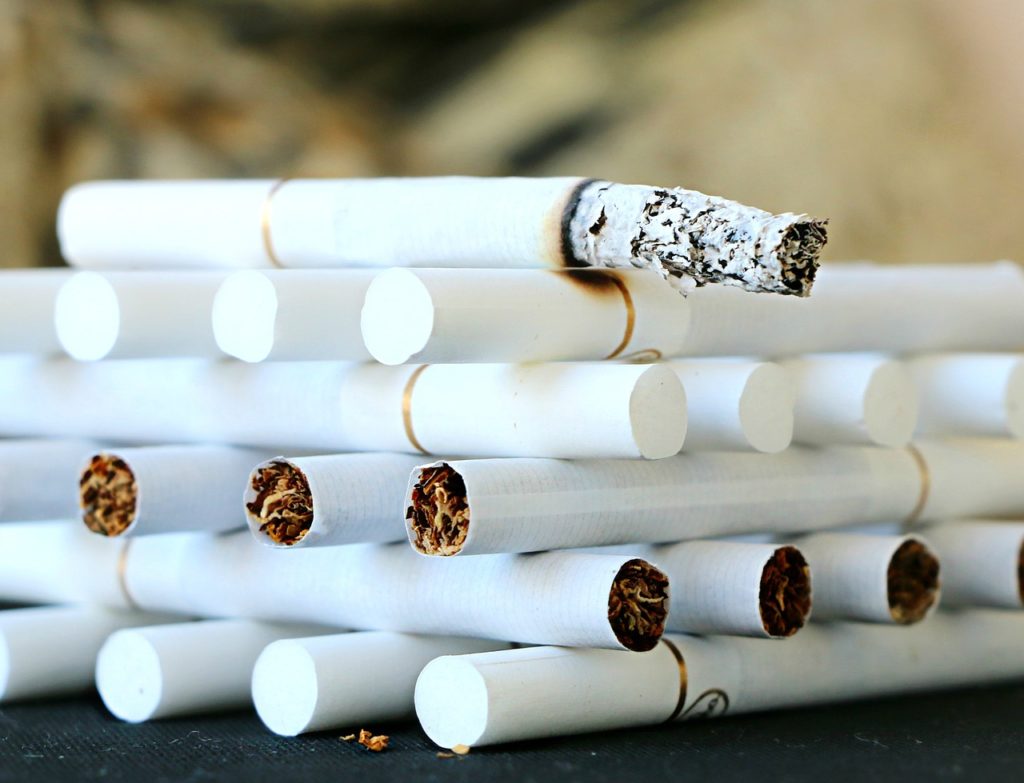
It may come as a surprise, but the American Cancer Society still sponsors the Great American Smokeout every year on the third Thursday in November.
Some of us may have been lulled into a sense of complacency about smoking by a successful, years-long effort to educate the country on its dangers, paid for in part by a 1998 settlement with tobacco companies that requires them to pay billions to states “in perpetuity” to cover the health-care costs of their products.
The initial settlement called for $246 million over 25 years. According to MarketWatch, states were due to get $26.9 billion from the tobacco companies and cigarette taxes in 2021 alone.
And while vaping and other supposedly low-nicotine alternatives to cigarettes – believed safer, but far from it – have entered the culture, smoking remains a public-health threat.
The Great American Smokeout encourages Americans to quit cigarettes for 24 hours, and, it is hoped, forever. According to the American Cancer Society, there are benefits to one day without cigarettes. After just 20 minutes without one, heart rate and blood pressure drop. Twelve hours later, the body will cleanse carbon monoxide from the last cigarette. Better breathing can happen in a month.
Yet as of this year, cigarette smoking remains the leading cause of preventable disease, disability, and death in the U.S., accounting for more than 480,000 deaths every year, according to the CDC. While rates of cigarette smoking have declined since 1965 – from 42% to 14% in 2019 – about 38 million adults still smoke, according to the cancer society, and half of them will die because of it. The costs of their health care are enormous: The CDC reports that more than 16 million Americans live with a smoking-related illness.
The good news is that smoking declined from 20.9% – or nearly 21 of every 100 adults – in 2005 to 11.5% – nearly 12 of every 100 adults – in 2021. Smoking remains highest among people from 25 to 44 and 45 to 64 years old and lowest among those 18 to 24, says the CDC. But don’t be swayed by that last number. While overall tobacco use among high schoolers dropped by about 1% since last year – largely due to less e-cigarette use – tobacco use among middle-school students increased from 4.5% to 6.6% in 2023, according to a survey by the CDC and the FDA.
Nicotine remains a strong and deadly addiction, but the Great American Smokeout – which began in 1970 – emphasizes ways that people can help each other overcome it, not just in November. Telephone help lines, smoking counselors or coaches and support from friends and family are crucial.
At the least, the smokeout draws attention to the issue, notes the cancer society. Throughout the late 1980s and 1990s, state and local governments responded to the observance by banning smoking in workplaces and restaurants; raising taxes on cigarettes; limiting promotion of cigarettes – most tobacco advertising has been prohibited for decades – and discouraging teen cigarette use, efforts that continue to this day.
Find tips and support at the American Cancer Society and help smokers you know by using #GreatAmericanSmokeout to post on social media.










